PHIL LYNNOT BY AINE MACKEN
Phil Lynott of Thin Lizzy, lived on Leighlin Road and Rutland Avenue in Crumlin.
Philip Parris Lynott ( 20 August 1949 – 4 January 1986) was an Irish singer, bassist and songwriter. His most commercially successful group was Thin Lizzy, of which he was a founding member, the principal songwriter, lead vocalist and bassist. He was known for his distinctive plectrum-based style on the bass and for his imaginative lyrical contributions, including working class tales and numerous characters drawn from personal influences and Celtic culture.
Lynott was born in the West Midlands of England but grew up in Dublin with his grandparents. He remained close to his mother, Philomena, throughout his life. He fronted several bands as a lead vocalist, including Skid Row alongside Gary Moore, before learning the bass guitar and forming Thin Lizzy in 1969. After initial success with “Whiskey in the Jar”, the band had several hits in the mid-1970s, such as “The Boys Are Back in Town”, “Jailbreak” and “Waiting for an Alibi”, and became a popular live attraction combining Lynott’s vocal and songwriting skills with dual lead guitars. Towards the end of the 1970s, Lynott embarked upon a solo career and published two books of poetry. After Thin Lizzy disbanded, he assembled and fronted the band Grand Slam.
In the 1980s, Lynott increasingly suffered drug-related problems, particularly an addiction to heroin. In 1985, he had a final chart success with Moore, “Out in the Fields”, followed by the minor hit “Nineteen”, before his death in 1986. He remains a popular figure in the rock world, and in 2005, a statue in his memory was erected in Dublin.
Today I used a Sigma Quattro DP1. A few years ago i was offered a Sigma DP1 Quattro at a very good price and while I had a bad experience with all my previous Sigma cameras I decided to accept the offer especially as the camera could produce .dng images but, as you may have guessed, there were many problems that can be really annoying. The DP1 Quattro is a fixed lens camera aimed at enthusiasts who demand the best image quality in a reasonably portable form factor. Announced in September 2014, it’s a unique camera in many respects, employing an unusually-shaped body, a fixed focal length lens and a sensor unlike any outside of Sigma’s range. It also eschews modern features we take for granted on other new cameras such as Wifi or even a movie mode. The DP1 Quattro is all about still photo quality.

![PAINT-A-BOX STREET ART ON SUNDRIVE ROAD IN CRUMLIN [PHIL LYNNOT BY AINE MACKEN]-216707-1 PHIL LYNNOT BY AINE MACKEN 003](https://excellentstreetimages.com/HeadlessUrbanExpression/wp-content/uploads/2023/04/PAINT-A-BOX-STREET-ART-ON-SUNDRIVE-ROAD-IN-CRUMLIN-PHIL-LYNNOT-BY-AINE-MACKEN-216707-1-1422x1067.jpg)
![PAINT-A-BOX STREET ART ON SUNDRIVE ROAD IN CRUMLIN [PHIL LYNNOT BY AINE MACKEN]-216709-1 PHIL LYNNOT BY AINE MACKEN 002](https://excellentstreetimages.com/HeadlessUrbanExpression/wp-content/uploads/2023/04/PAINT-A-BOX-STREET-ART-ON-SUNDRIVE-ROAD-IN-CRUMLIN-PHIL-LYNNOT-BY-AINE-MACKEN-216709-1-1422x1067.jpg)
![PAINT-A-BOX STREET ART ON SUNDRIVE ROAD IN CRUMLIN [PHIL LYNNOT BY AINE MACKEN]-216708-1 PHIL LYNNOT BY AINE MACKEN 001](https://excellentstreetimages.com/HeadlessUrbanExpression/wp-content/uploads/2023/04/PAINT-A-BOX-STREET-ART-ON-SUNDRIVE-ROAD-IN-CRUMLIN-PHIL-LYNNOT-BY-AINE-MACKEN-216708-1-1422x1067.jpg)

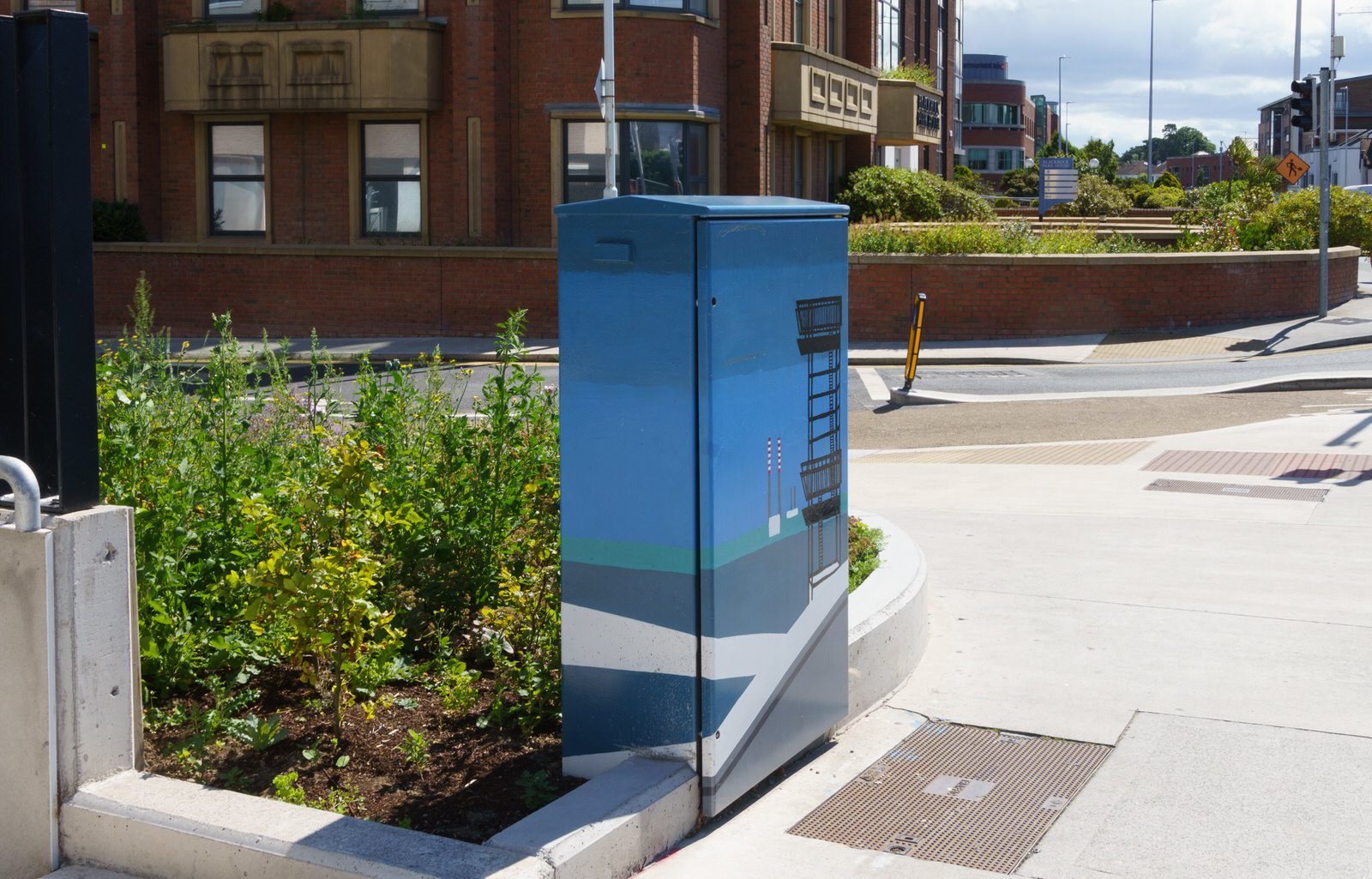
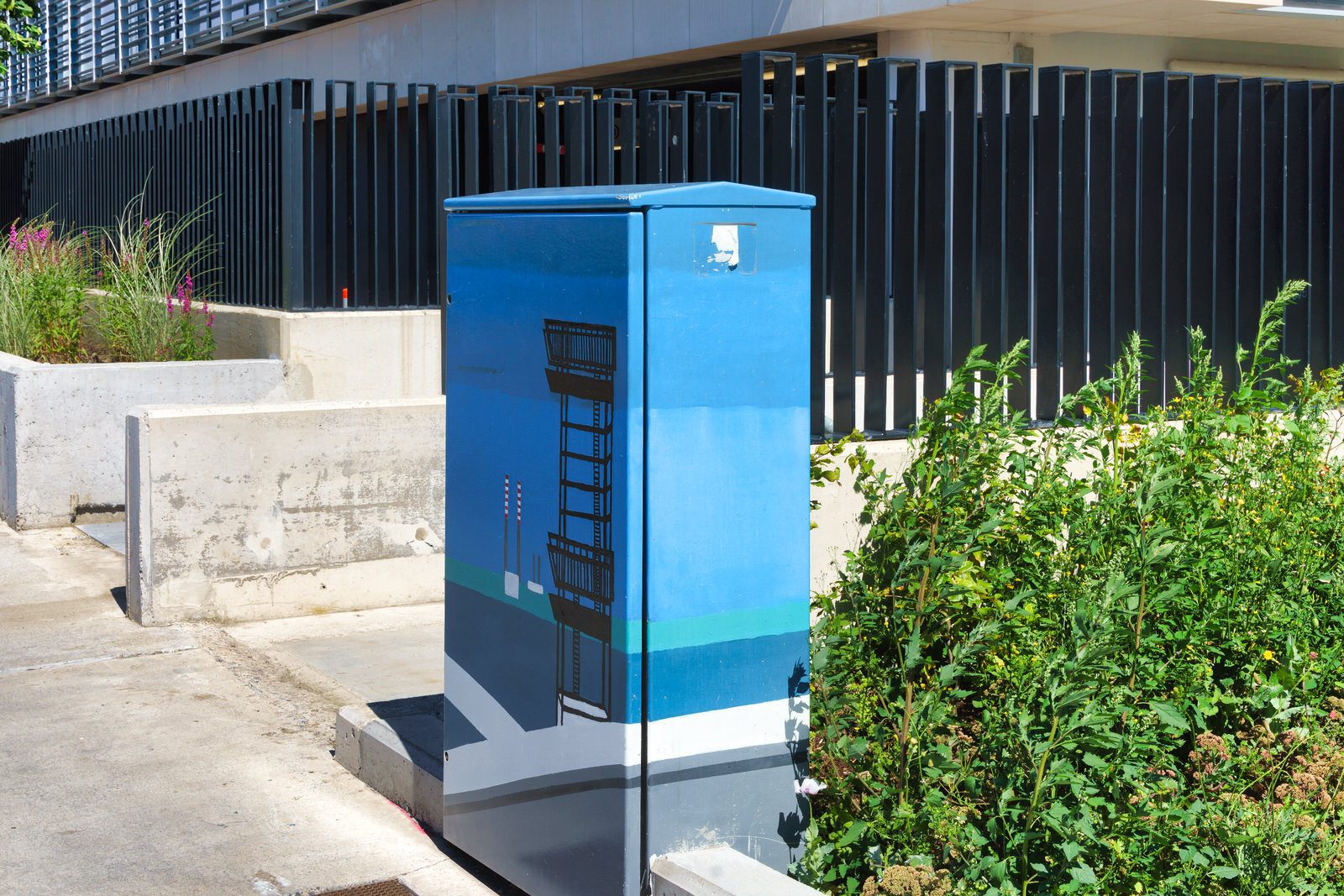

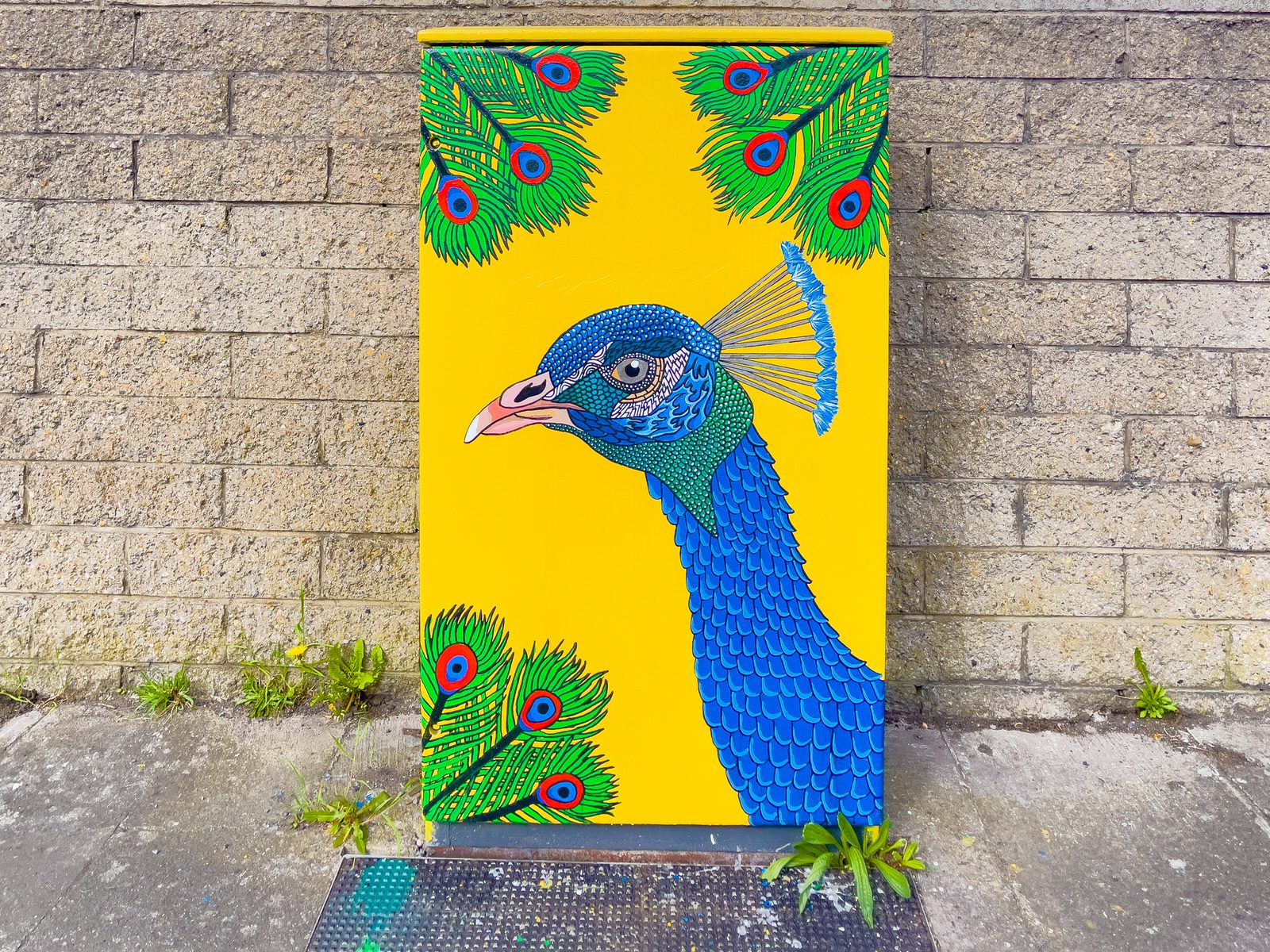
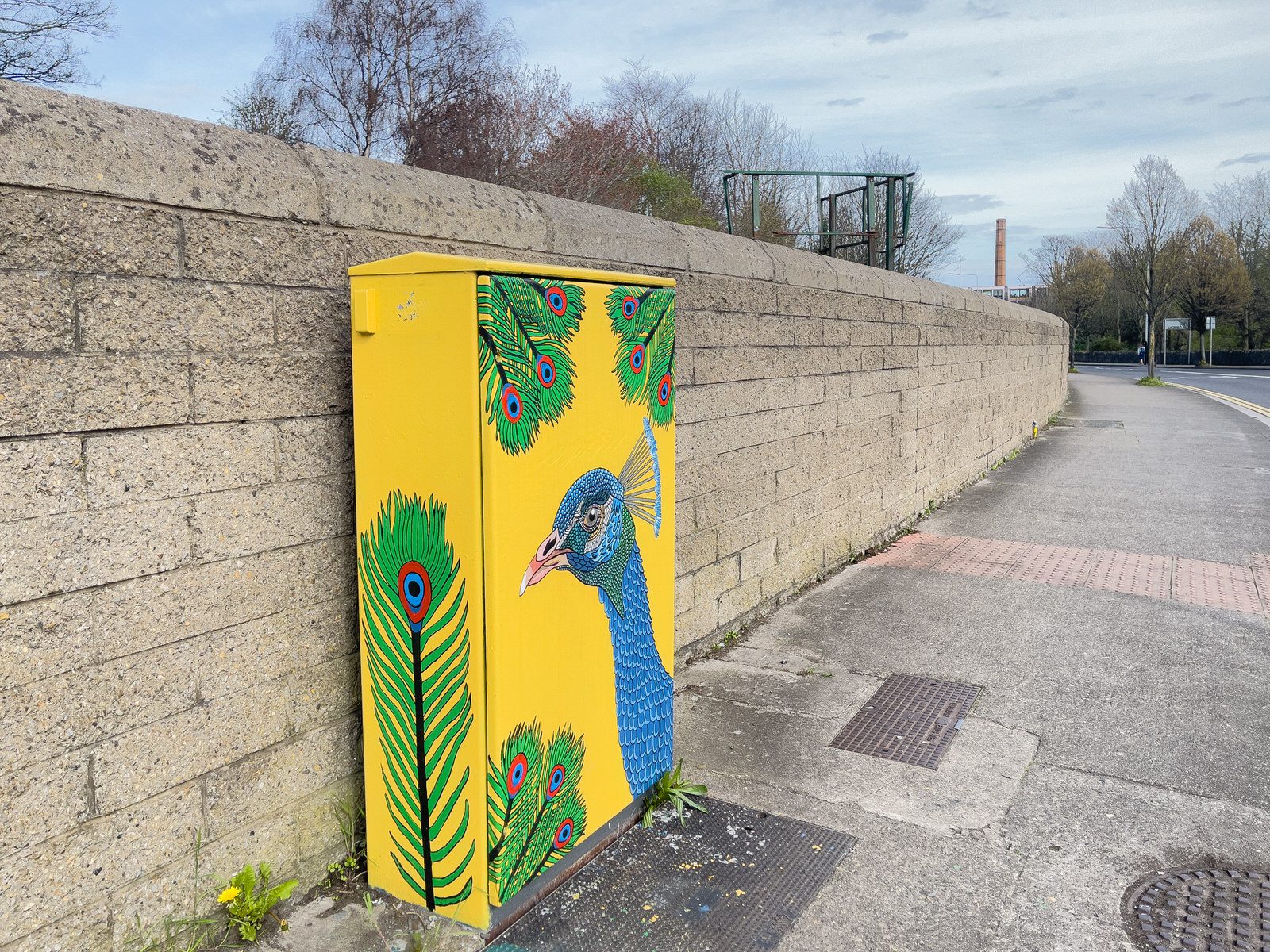

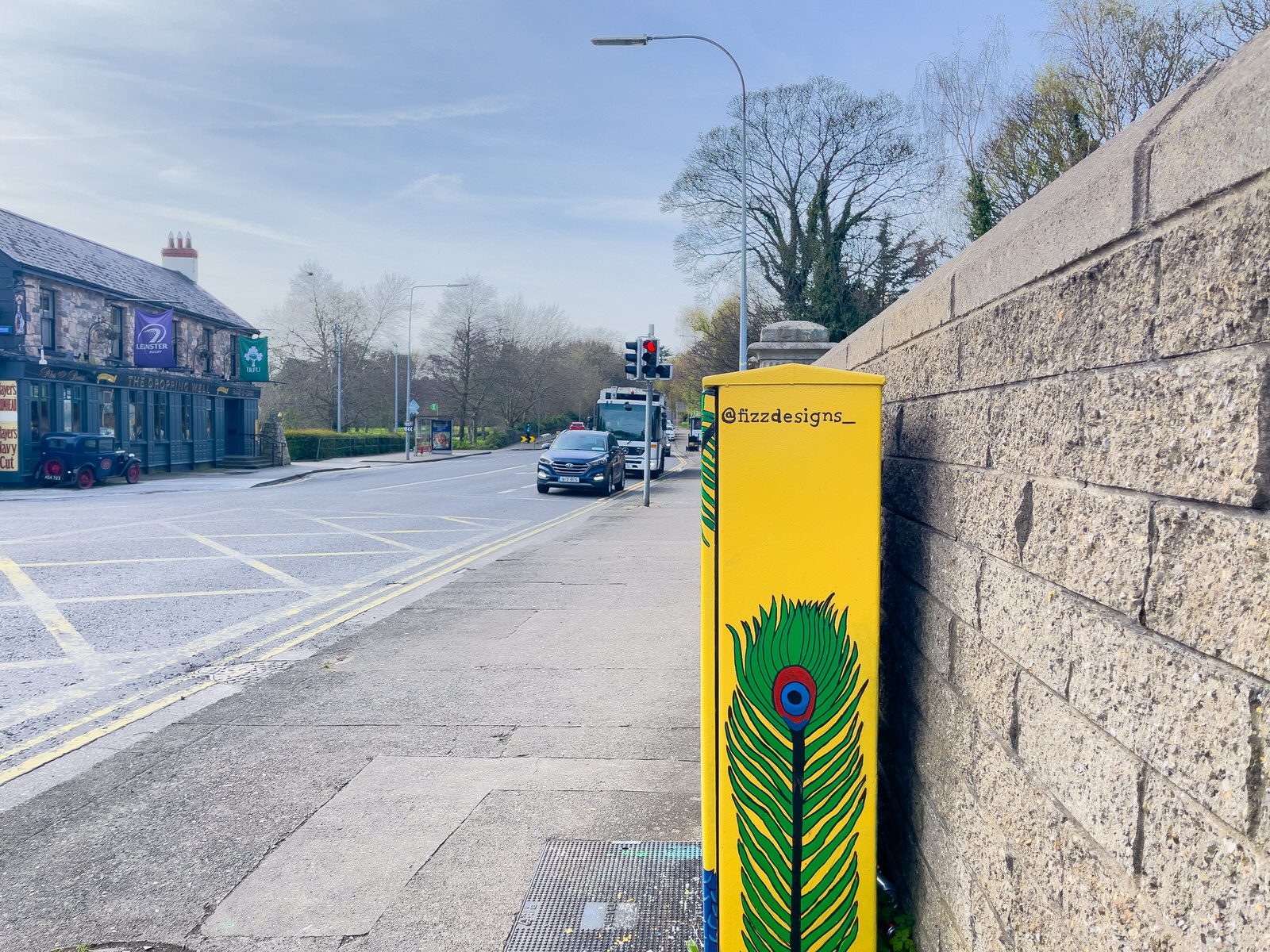
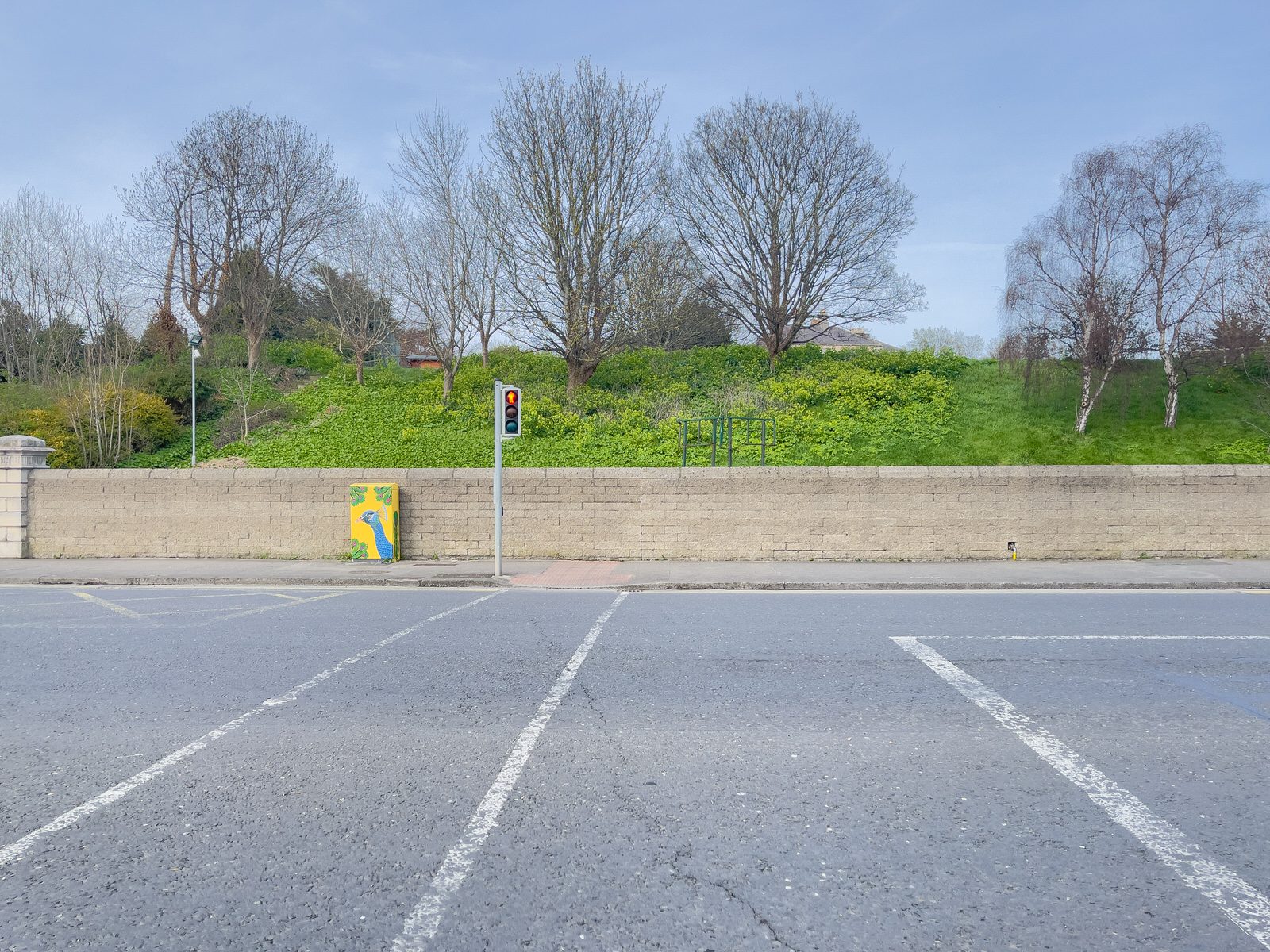

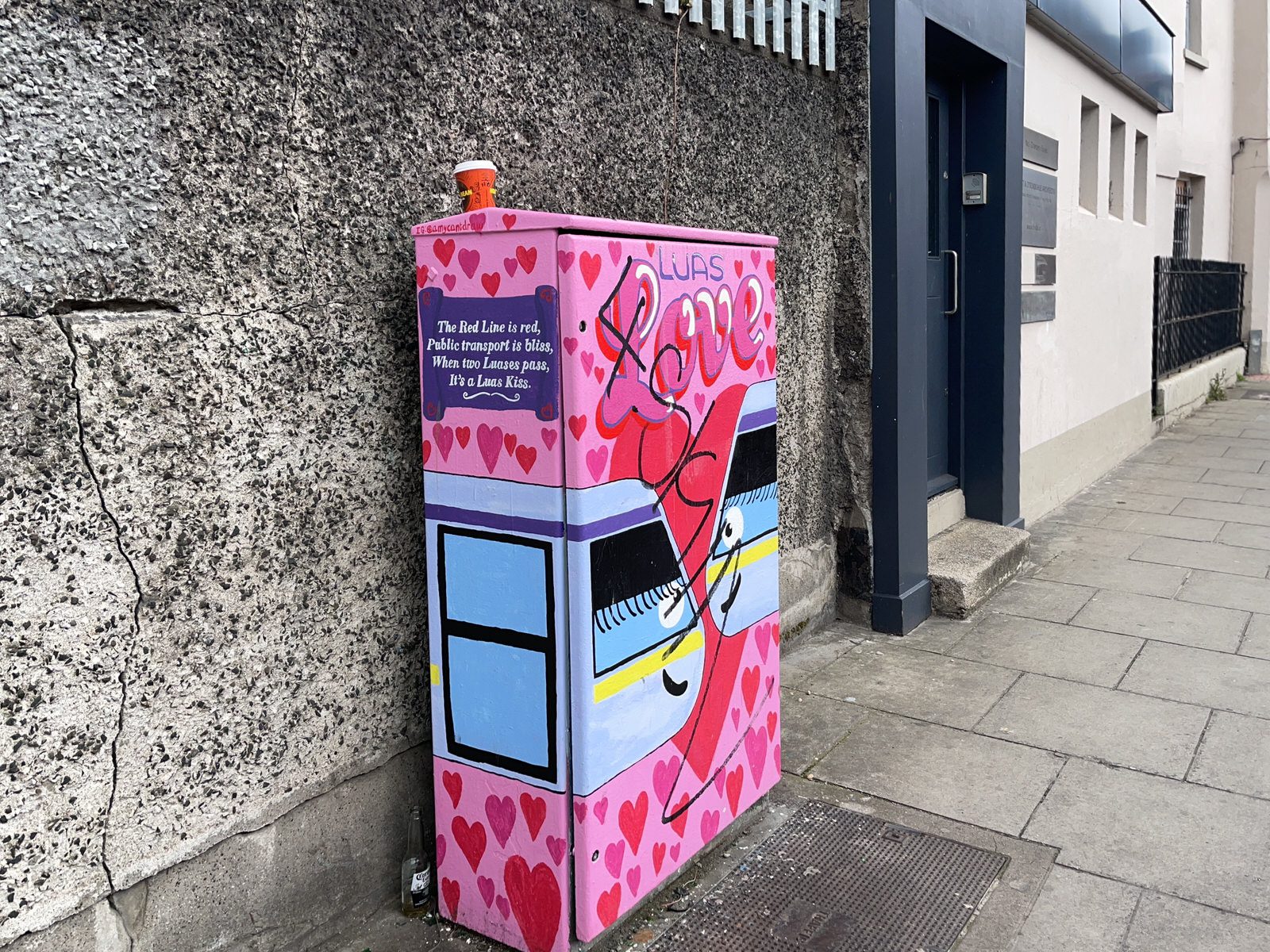
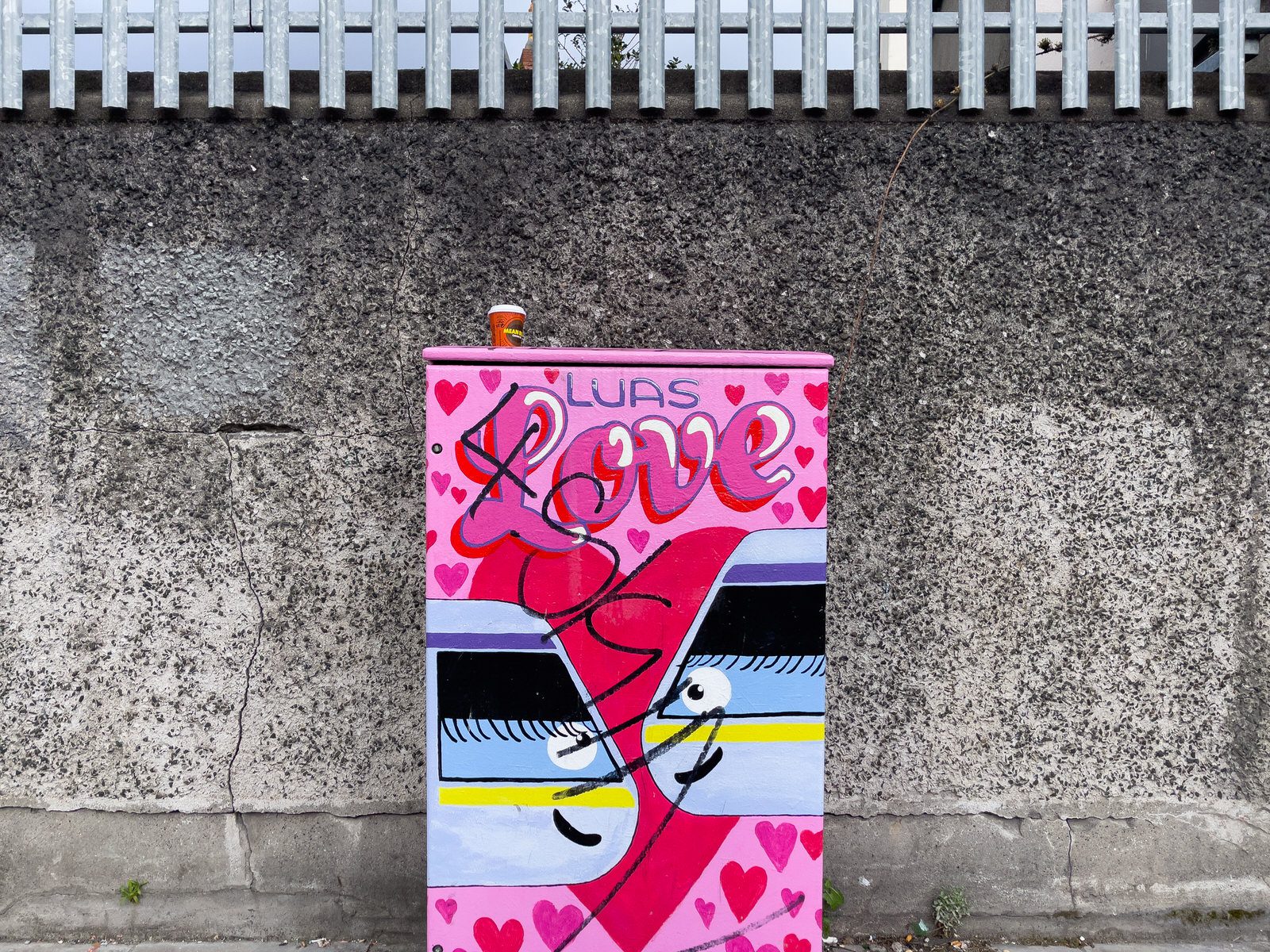
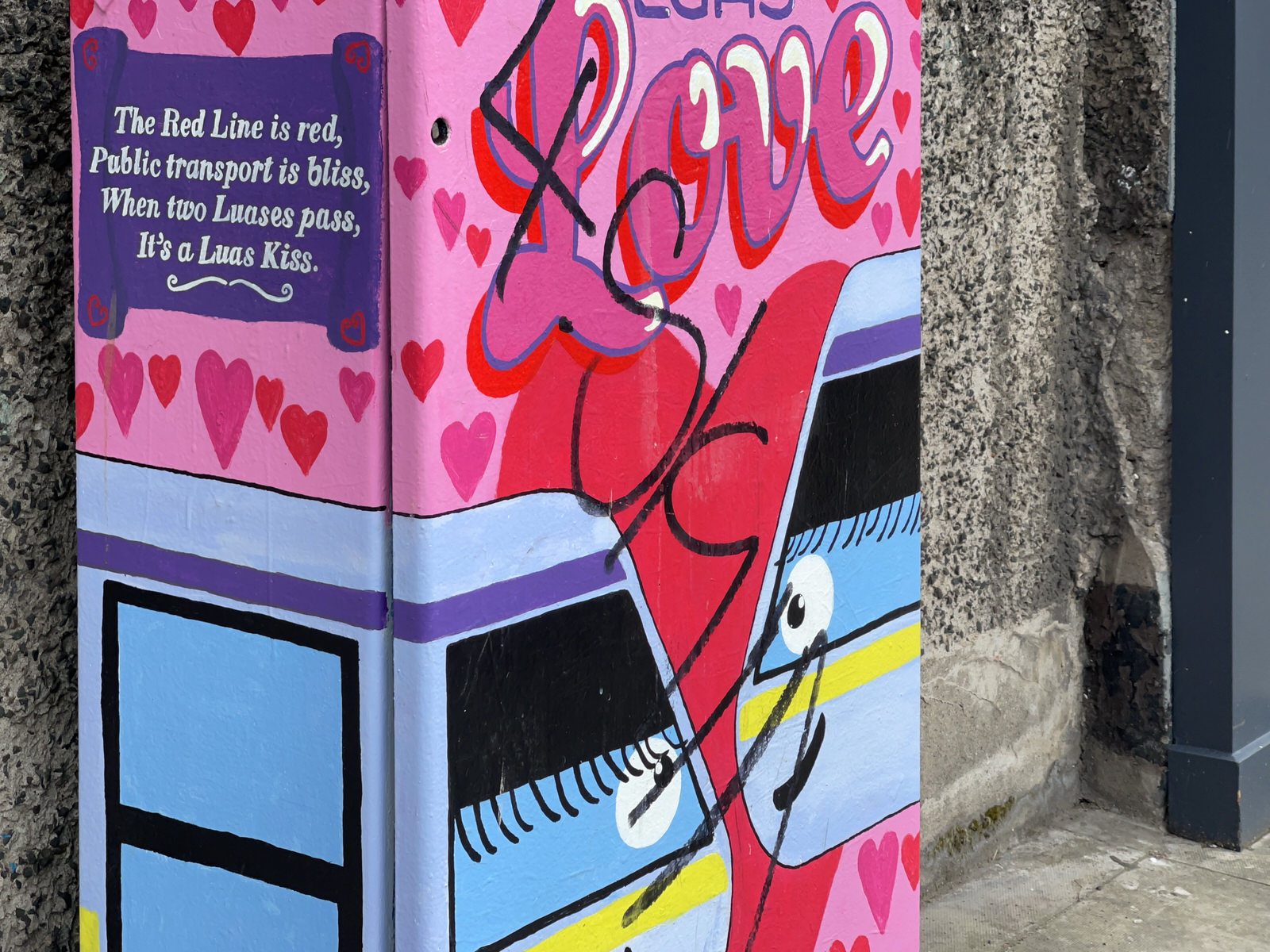

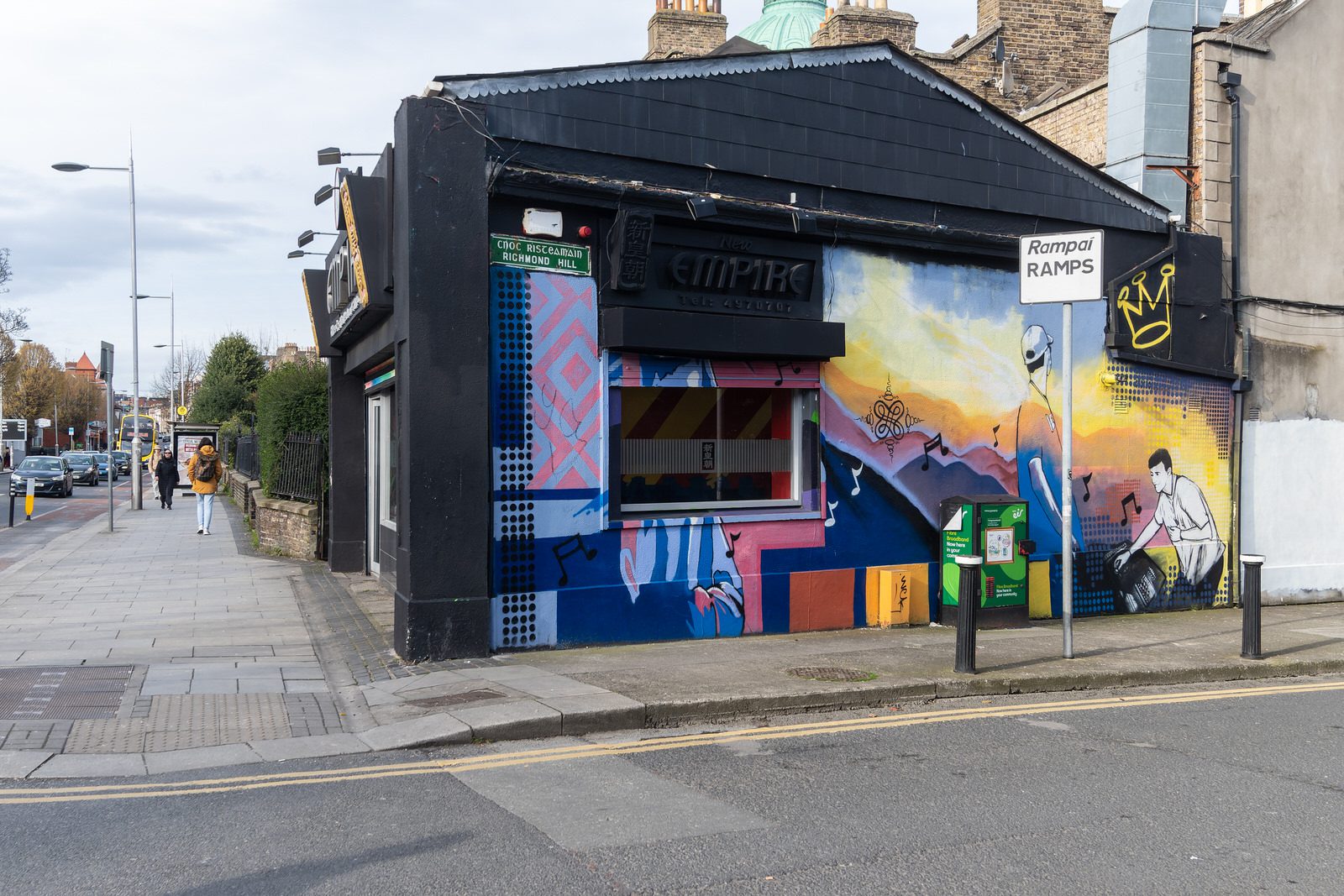
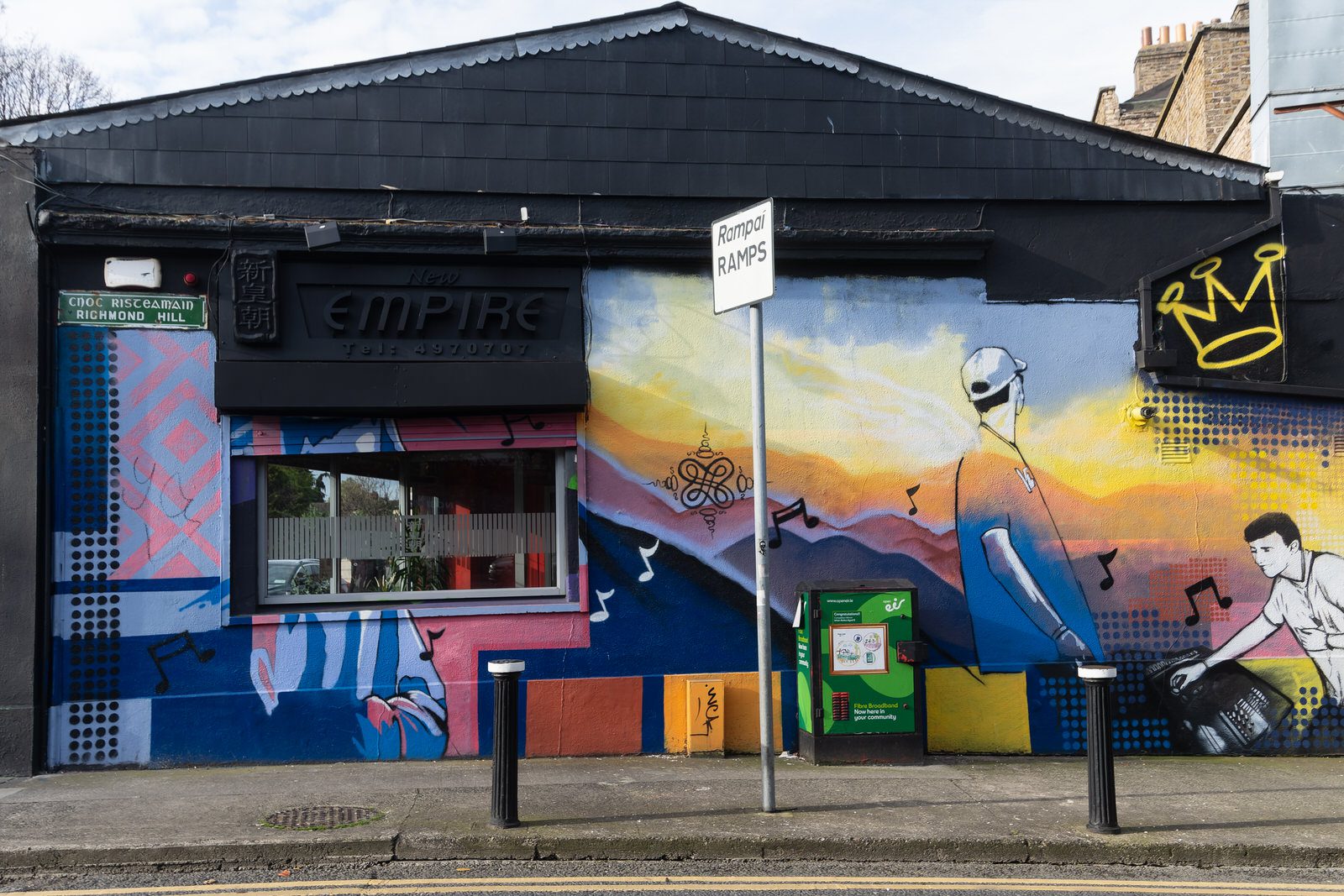
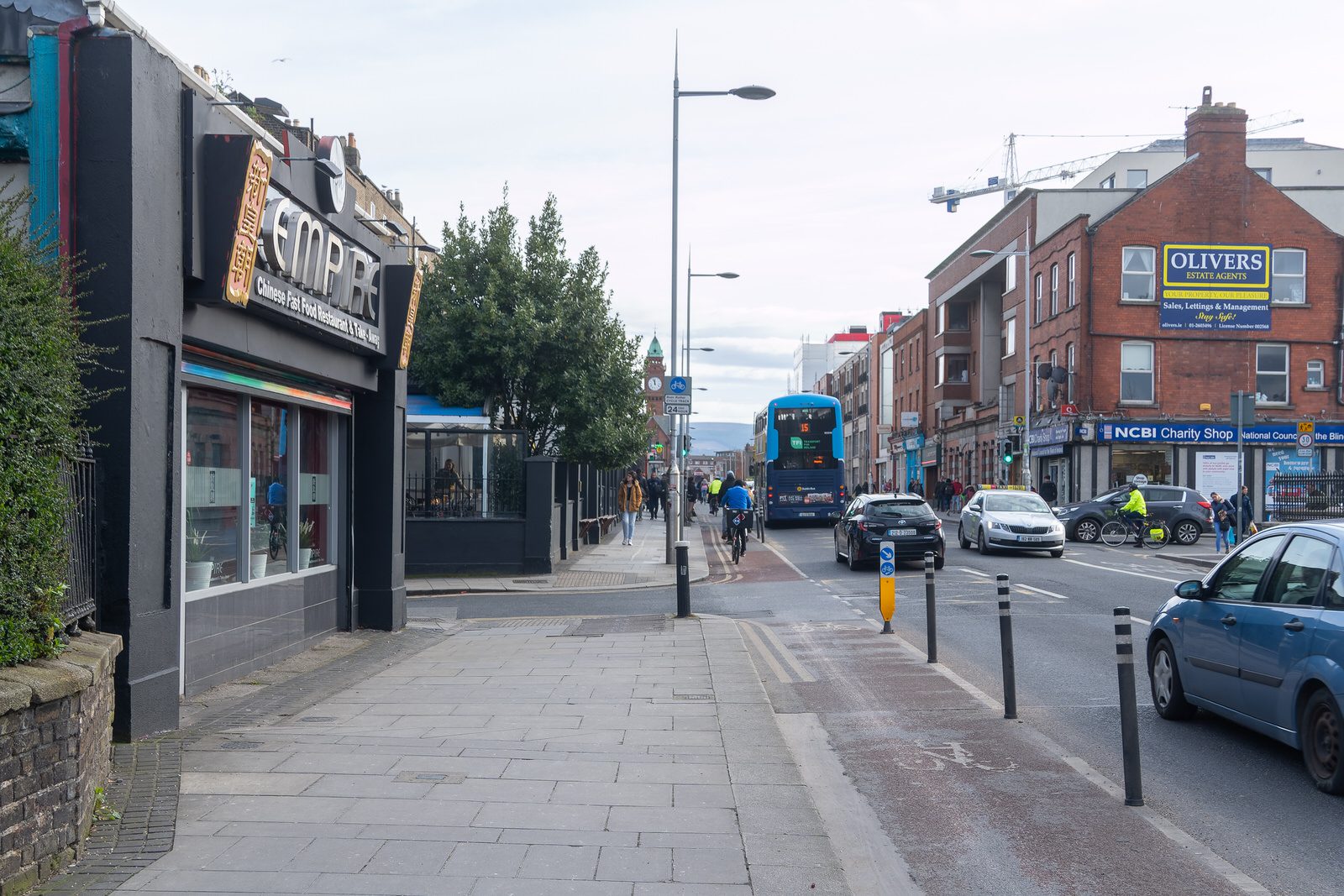

![URBAN EXPRESSION AND A DEGREE OF DEPRESSION [LIBERTY LANE]-215651-1 URBAN EXPRESSION AND A DEGREE OF DEPRESSION ON LIBERTY LANE 001](https://excellentstreetimages.com/HeadlessUrbanExpression/wp-content/uploads/2023/03/URBAN-EXPRESSION-AND-A-DEGREE-OF-DEPRESSION-LIBERTY-LANE-215651-1.jpg)
![URBAN EXPRESSION AND A DEGREE OF DEPRESSION [LIBERTY LANE]-215635-1 URBAN EXPRESSION AND A DEGREE OF DEPRESSION ON LIBERTY LANE 0013](https://excellentstreetimages.com/HeadlessUrbanExpression/wp-content/uploads/2023/03/URBAN-EXPRESSION-AND-A-DEGREE-OF-DEPRESSION-LIBERTY-LANE-215635-1.jpg)
![URBAN EXPRESSION AND A DEGREE OF DEPRESSION [LIBERTY LANE]-215634-1 URBAN EXPRESSION AND A DEGREE OF DEPRESSION ON LIBERTY LANE 014](https://excellentstreetimages.com/HeadlessUrbanExpression/wp-content/uploads/2023/03/URBAN-EXPRESSION-AND-A-DEGREE-OF-DEPRESSION-LIBERTY-LANE-215634-1.jpg)
![URBAN EXPRESSION AND A DEGREE OF DEPRESSION [LIBERTY LANE]-215642-1 URBAN EXPRESSION AND A DEGREE OF DEPRESSION ON LIBERTY LANE 015](https://excellentstreetimages.com/HeadlessUrbanExpression/wp-content/uploads/2023/03/URBAN-EXPRESSION-AND-A-DEGREE-OF-DEPRESSION-LIBERTY-LANE-215642-1.jpg)
![URBAN EXPRESSION AND A DEGREE OF DEPRESSION [LIBERTY LANE]-215641-1 URBAN EXPRESSION AND A DEGREE OF DEPRESSION ON LIBERTY LANE 016](https://excellentstreetimages.com/HeadlessUrbanExpression/wp-content/uploads/2023/03/URBAN-EXPRESSION-AND-A-DEGREE-OF-DEPRESSION-LIBERTY-LANE-215641-1.jpg)
![URBAN EXPRESSION AND A DEGREE OF DEPRESSION [LIBERTY LANE]-215640-1 URBAN EXPRESSION AND A DEGREE OF DEPRESSION ON LIBERTY LANE 017](https://excellentstreetimages.com/HeadlessUrbanExpression/wp-content/uploads/2023/03/URBAN-EXPRESSION-AND-A-DEGREE-OF-DEPRESSION-LIBERTY-LANE-215640-1.jpg)
![URBAN EXPRESSION AND A DEGREE OF DEPRESSION [LIBERTY LANE]-215639-1 URBAN EXPRESSION AND A DEGREE OF DEPRESSION ON LIBERTY LANE 018](https://excellentstreetimages.com/HeadlessUrbanExpression/wp-content/uploads/2023/03/URBAN-EXPRESSION-AND-A-DEGREE-OF-DEPRESSION-LIBERTY-LANE-215639-1.jpg)
![URBAN EXPRESSION AND A DEGREE OF DEPRESSION [LIBERTY LANE]-215638-1 URBAN EXPRESSION AND A DEGREE OF DEPRESSION ON LIBERTY LANE 019](https://excellentstreetimages.com/HeadlessUrbanExpression/wp-content/uploads/2023/03/URBAN-EXPRESSION-AND-A-DEGREE-OF-DEPRESSION-LIBERTY-LANE-215638-1.jpg)
![URBAN EXPRESSION AND A DEGREE OF DEPRESSION [LIBERTY LANE]-215637-1 URBAN EXPRESSION AND A DEGREE OF DEPRESSION ON LIBERTY LANE 020](https://excellentstreetimages.com/HeadlessUrbanExpression/wp-content/uploads/2023/03/URBAN-EXPRESSION-AND-A-DEGREE-OF-DEPRESSION-LIBERTY-LANE-215637-1.jpg)
![URBAN EXPRESSION AND A DEGREE OF DEPRESSION [LIBERTY LANE]-215636-1 URBAN EXPRESSION AND A DEGREE OF DEPRESSION ON LIBERTY LANE 021](https://excellentstreetimages.com/HeadlessUrbanExpression/wp-content/uploads/2023/03/URBAN-EXPRESSION-AND-A-DEGREE-OF-DEPRESSION-LIBERTY-LANE-215636-1.jpg)
![URBAN EXPRESSION AND A DEGREE OF DEPRESSION [LIBERTY LANE]-215650-1 URBAN EXPRESSION AND A DEGREE OF DEPRESSION ON LIBERTY LANE 022](https://excellentstreetimages.com/HeadlessUrbanExpression/wp-content/uploads/2023/03/URBAN-EXPRESSION-AND-A-DEGREE-OF-DEPRESSION-LIBERTY-LANE-215650-1.jpg)
![URBAN EXPRESSION AND A DEGREE OF DEPRESSION [LIBERTY LANE]-215649-1 URBAN EXPRESSION AND A DEGREE OF DEPRESSION ON LIBERTY LANE 023](https://excellentstreetimages.com/HeadlessUrbanExpression/wp-content/uploads/2023/03/URBAN-EXPRESSION-AND-A-DEGREE-OF-DEPRESSION-LIBERTY-LANE-215649-1.jpg)
![URBAN EXPRESSION AND A DEGREE OF DEPRESSION [LIBERTY LANE]-215648-1 URBAN EXPRESSION AND A DEGREE OF DEPRESSION ON LIBERTY LANE 024](https://excellentstreetimages.com/HeadlessUrbanExpression/wp-content/uploads/2023/03/URBAN-EXPRESSION-AND-A-DEGREE-OF-DEPRESSION-LIBERTY-LANE-215648-1.jpg)
![URBAN EXPRESSION AND A DEGREE OF DEPRESSION [LIBERTY LANE]-215647-1 URBAN EXPRESSION AND A DEGREE OF DEPRESSION ON LIBERTY LANE 012](https://excellentstreetimages.com/HeadlessUrbanExpression/wp-content/uploads/2023/03/URBAN-EXPRESSION-AND-A-DEGREE-OF-DEPRESSION-LIBERTY-LANE-215647-1.jpg)
![URBAN EXPRESSION AND A DEGREE OF DEPRESSION [LIBERTY LANE]-215646-1 URBAN EXPRESSION AND A DEGREE OF DEPRESSION ON LIBERTY LANE 011](https://excellentstreetimages.com/HeadlessUrbanExpression/wp-content/uploads/2023/03/URBAN-EXPRESSION-AND-A-DEGREE-OF-DEPRESSION-LIBERTY-LANE-215646-1.jpg)
![URBAN EXPRESSION AND A DEGREE OF DEPRESSION [LIBERTY LANE]-215645-1 URBAN EXPRESSION AND A DEGREE OF DEPRESSION ON LIBERTY LANE 010](https://excellentstreetimages.com/HeadlessUrbanExpression/wp-content/uploads/2023/03/URBAN-EXPRESSION-AND-A-DEGREE-OF-DEPRESSION-LIBERTY-LANE-215645-1.jpg)
![URBAN EXPRESSION AND A DEGREE OF DEPRESSION [LIBERTY LANE]-215644-1 URBAN EXPRESSION AND A DEGREE OF DEPRESSION ON LIBERTY LANE 009](https://excellentstreetimages.com/HeadlessUrbanExpression/wp-content/uploads/2023/03/URBAN-EXPRESSION-AND-A-DEGREE-OF-DEPRESSION-LIBERTY-LANE-215644-1.jpg)
![URBAN EXPRESSION AND A DEGREE OF DEPRESSION [LIBERTY LANE]-215643-1 URBAN EXPRESSION AND A DEGREE OF DEPRESSION ON LIBERTY LANE 008](https://excellentstreetimages.com/HeadlessUrbanExpression/wp-content/uploads/2023/03/URBAN-EXPRESSION-AND-A-DEGREE-OF-DEPRESSION-LIBERTY-LANE-215643-1.jpg)
![URBAN EXPRESSION AND A DEGREE OF DEPRESSION [LIBERTY LANE]-215657-1 URBAN EXPRESSION AND A DEGREE OF DEPRESSION ON LIBERTY LANE 007](https://excellentstreetimages.com/HeadlessUrbanExpression/wp-content/uploads/2023/03/URBAN-EXPRESSION-AND-A-DEGREE-OF-DEPRESSION-LIBERTY-LANE-215657-1.jpg)
![URBAN EXPRESSION AND A DEGREE OF DEPRESSION [LIBERTY LANE]-215656-1 URBAN EXPRESSION AND A DEGREE OF DEPRESSION ON LIBERTY LANE 006](https://excellentstreetimages.com/HeadlessUrbanExpression/wp-content/uploads/2023/03/URBAN-EXPRESSION-AND-A-DEGREE-OF-DEPRESSION-LIBERTY-LANE-215656-1.jpg)
![URBAN EXPRESSION AND A DEGREE OF DEPRESSION [LIBERTY LANE]-215655-1 URBAN EXPRESSION AND A DEGREE OF DEPRESSION ON LIBERTY LANE 005](https://excellentstreetimages.com/HeadlessUrbanExpression/wp-content/uploads/2023/03/URBAN-EXPRESSION-AND-A-DEGREE-OF-DEPRESSION-LIBERTY-LANE-215655-1.jpg)
![URBAN EXPRESSION AND A DEGREE OF DEPRESSION [LIBERTY LANE]-215654-1 URBAN EXPRESSION AND A DEGREE OF DEPRESSION ON LIBERTY LANE 004](https://excellentstreetimages.com/HeadlessUrbanExpression/wp-content/uploads/2023/03/URBAN-EXPRESSION-AND-A-DEGREE-OF-DEPRESSION-LIBERTY-LANE-215654-1.jpg)
![URBAN EXPRESSION AND A DEGREE OF DEPRESSION [LIBERTY LANE]-215653-1 URBAN EXPRESSION AND A DEGREE OF DEPRESSION ON LIBERTY LANE 003](https://excellentstreetimages.com/HeadlessUrbanExpression/wp-content/uploads/2023/03/URBAN-EXPRESSION-AND-A-DEGREE-OF-DEPRESSION-LIBERTY-LANE-215653-1.jpg)
![URBAN EXPRESSION AND A DEGREE OF DEPRESSION [LIBERTY LANE]-215652-1 URBAN EXPRESSION AND A DEGREE OF DEPRESSION ON LIBERTY LANE 002](https://excellentstreetimages.com/HeadlessUrbanExpression/wp-content/uploads/2023/03/URBAN-EXPRESSION-AND-A-DEGREE-OF-DEPRESSION-LIBERTY-LANE-215652-1.jpg)